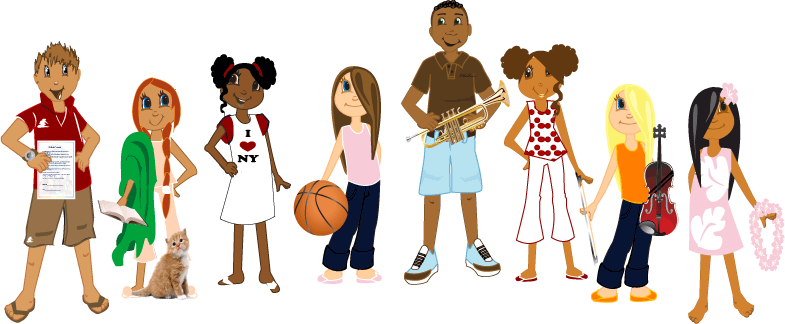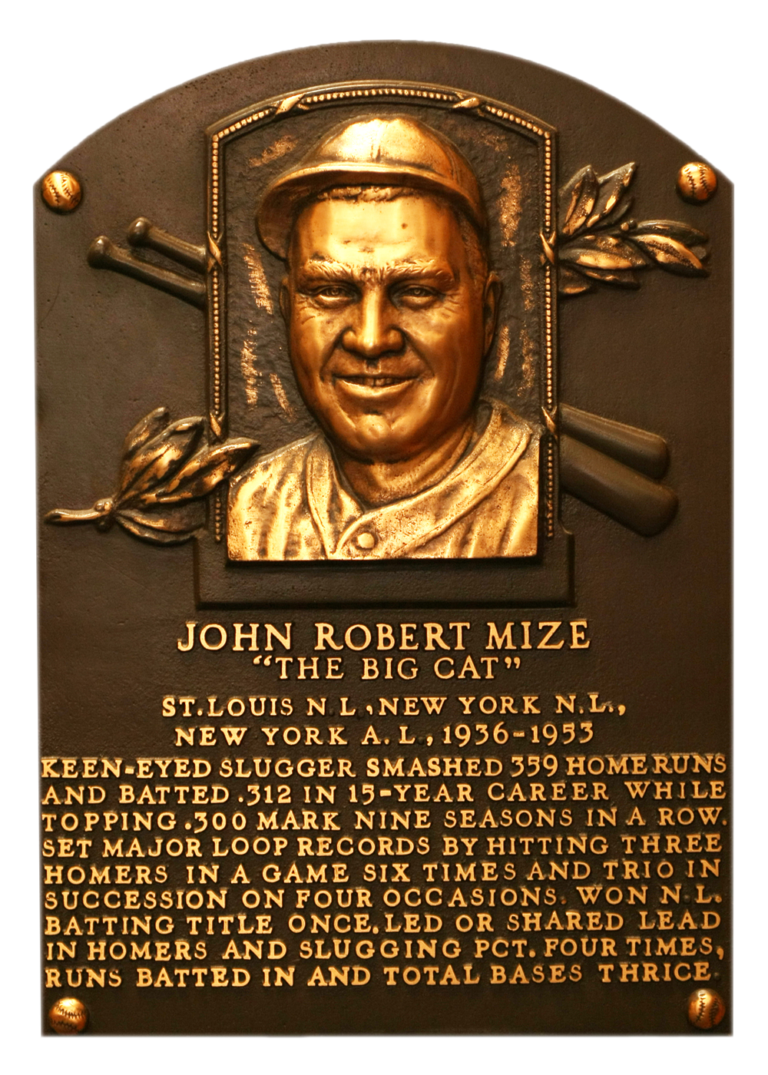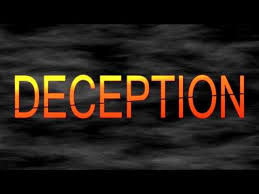Seriously, Why do Schools have Mascots?
How does a guy in a mountain lion suit inspire a shrine, a book, and 107,000 screaming fans? There’s something about mascots that stir up powerful emotions. Penn State’s Nittany Lion is a larger-than-life symbol of the pride that fans feel, says Jackie Esposito, University Archivist and co-author of The Nittany Lion: An Illustrated Tale. “Mascots embody that desire to support your school and are a visual representation of what we believe to be the best parts of our school or organization,” she says.
Penn State’s Nittany Lion mascot does one-handed pushups for fans after a touchdown vs. Notre Dame.
One of the most famous mascots was Old Abe the bald eagle, who was said to have called out a fierce battle cry as she circled the sky above her regiment, the 8th Wisconsin infantry. After the war, young men carried on the inter-state competition through sports. “Historically, post-Civil War was when intercollegiate athletic games and rivalries emerged,” Esposito says. Some mascots even trace their names to the war. For example, Illinois College’s teams are known as “The Blueboys,” or “The Lady Blues,” nicknames that began when many of the college’s students volunteered for the blue-uniformed Union army.
Schools or teams become embodied in their mascots. While many schools choose lions or panthers or bears for their fierceness or physical strength, other mascots convey decidedly different qualities. One such belongs to the University of California-Santa Cruz-Sammy the Banana Slug. “It sounds funny,” says Esposito, “but this mascot denotes something about the school.” With an emphasis on science and conservation, UCSC describes itself as “nestled in the redwood forests,” which is the slug’s home. Another example of an “anti-mascot” is found at the University of North Carolina School of the Arts, which doesn’t have an athletic program, but does boast…The Fighting Pickle.





